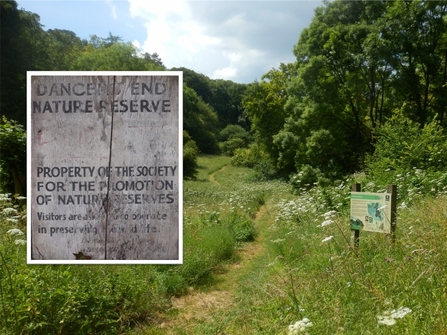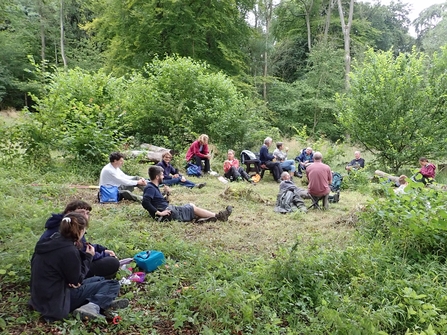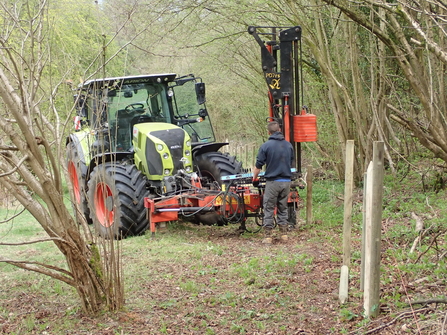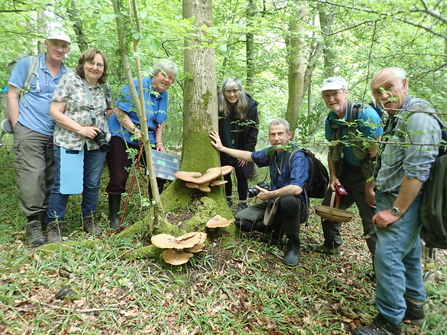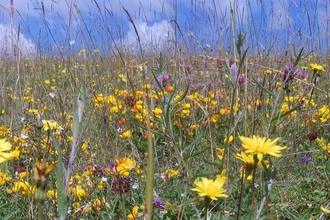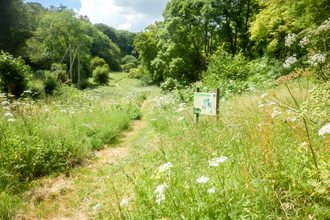Along with all the other county Wildlife Trusts, BBOWT owes its existence to Charles Rothschild who founded the Society for the Promotion of Nature Reserves (SPNR) 110 years ago this month.
His concern to safeguard wildlife-rich places and foresight led to the whole idea of nature conservation, the establishment of National Nature Reserves and the network of over 2,300 nature reserves managed by trusts like ours.


